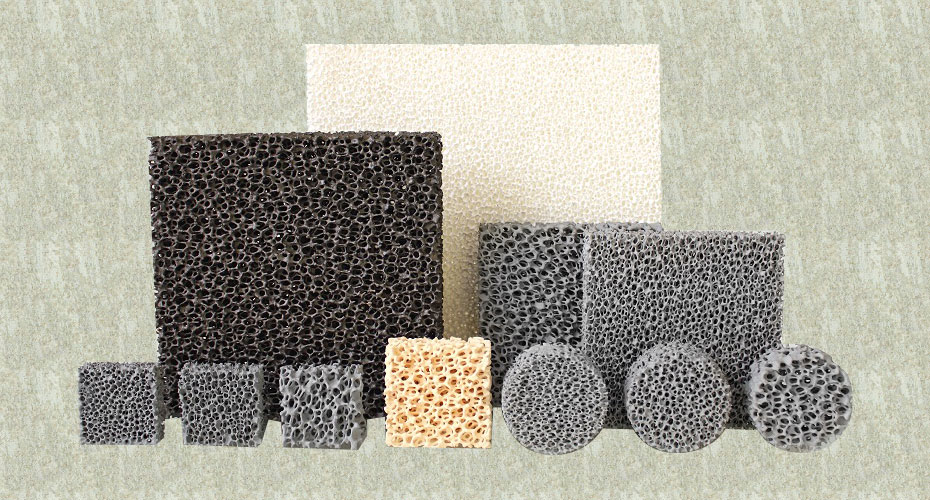How are ceramic foam filters made?
Introduction:
Ceramic foam filters are widely used in various industries, including foundries and metal casting, for their excellent filtration capabilities. These filters play a vital role in removing impurities and ensuring the quality of molten metals. Understanding the manufacturing process of ceramic foam filters can provide insights into their intricate structure and functionality. This article aims to outline the steps involved in producing ceramic foam filters, shedding light on the techniques and materials used in their fabrication.
Raw Materials Selection:
The manufacturing process of ceramic foam filters begins with the careful selection of raw materials. The primary material used is a ceramic compound, typically based on alumina or silicon carbide. The choice of material depends on the specific application and the type of impurities to be removed. Additional materials such as binders, pore formers, and dispersants are also selected based on their compatibility with the ceramic compound and their impact on the final filter properties.
Formulation and Mixing:
Once the raw materials are selected, the next step is the formulation and mixing of the ceramic slurry. The ceramic compound, binders, pore formers, dispersants, and other additives are combined in precise proportions. This mixture is thoroughly blended to achieve a homogenous slurry with controlled viscosity and suspension properties. The mixing process ensures even distribution of the particles and the desired porosity level in the final product.

Foaming and Gelation:
After the slurry is prepared, it undergoes a foaming process. Foaming agents are introduced into the slurry, and mechanical agitation or gas injection techniques are employed to generate a foam structure. The foamed slurry is then poured into a mold or casting bed, where gelation takes place. Gelation is the process of transforming the liquid foam into a solid gel-like structure. This step is crucial for stabilizing the foam and maintaining its shape during subsequent processing.
Drying and Firing :
Once the gelation is complete, the ceramic foam filters go through a drying phase. The filters are carefully removed from the molds and transferred to a controlled environment, where they undergo air drying or low-temperature drying to remove the excess moisture. After the filters are thoroughly dried, they are fired in a kiln at high temperatures. The firing process involves carefully controlled heating and cooling cycles to promote sintering and achieve the desired mechanical strength, porosity, and chemical stability in the ceramic foam filters.
Finishing and Quality Control:
Following the firing process, the ceramic foam filters undergo finishing procedures. This includes cutting them to the required dimensions and shaping them to fit specific applications. The filters are then subjected to rigorous quality control measures to ensure their integrity and performance. Various tests, such as pore size analysis, porosity measurement, and mechanical strength evaluation, are conducted to verify that the filters meet the required specifications.
Conclusion:
The production of ceramic foam filters involves a series of precise steps, from material selection and mixing to drying, firing, and finishing.
